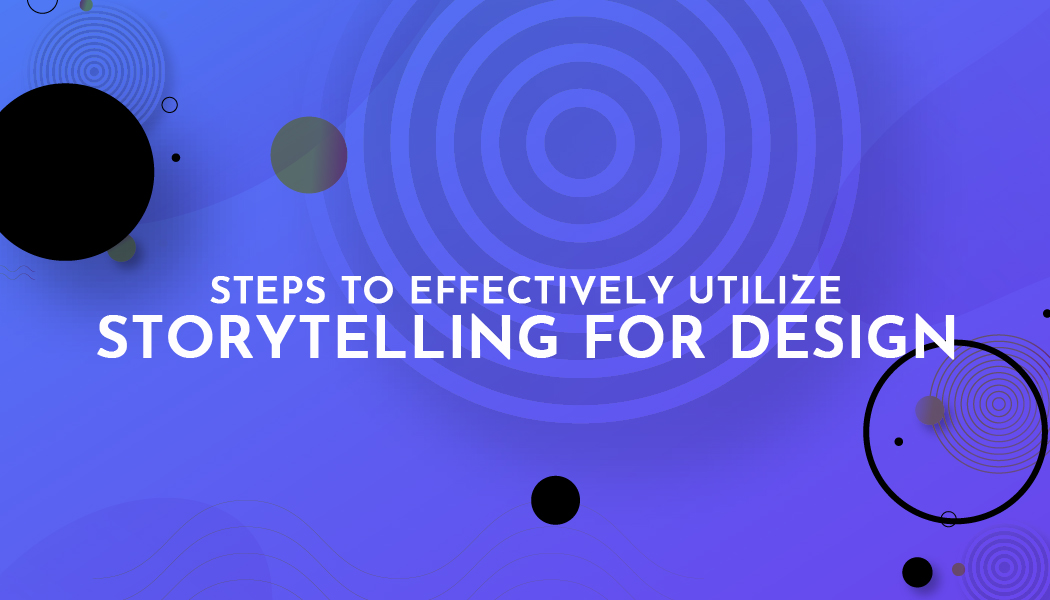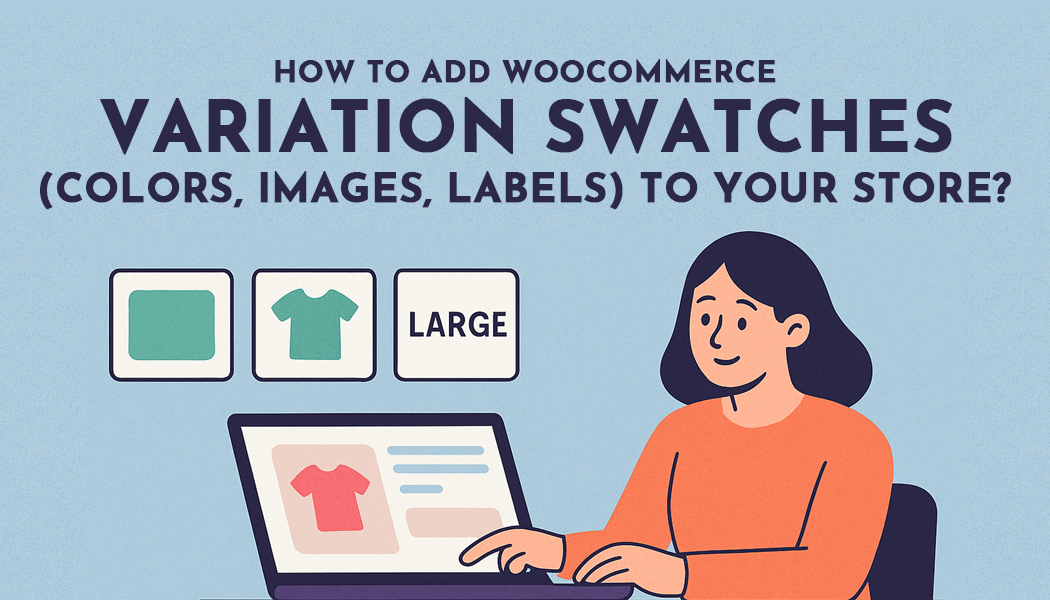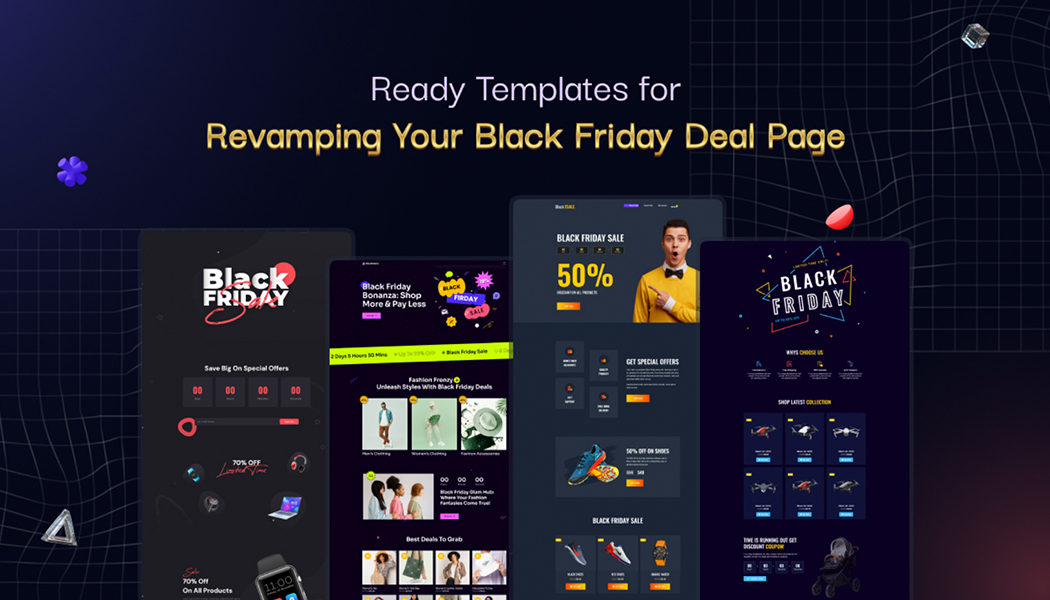Steps to Effectively Utilize Storytelling For Design
Design is a very complex field. This is largely to do with the fact that is a mixed field, part technical, part art. Art is intrinsic to design, since its subtlety is in getting viewers, an audience if you will, to react with an emotion that makes them in some way drawn towards a product. Part of the art of design is in creating a rhetoric behind images, a story. Storytelling is compelling because it leads the audience on a journey, a journey which evokes thoughts and emotions. The problem with storytelling for design, is simply that it is a true artform to imbue your design with a story, since design itself is so contained and limited. You are also usually struggling with clients' demands and time pressure, which makes it even more stressful. So, with all that said, let's take a look at some ways to wrap your head around storytelling for design.
Envisaging The User
The user, the audience in other words, is all that matters when it comes to putting together an effective design. The first step for a designer is understanding not just who their users are, but what their user experience, UX design, is going to be. Establishing who your users are usually involves market research and a series of conversations with whoever is running the project you are designing for. It can be complex to discover who exactly you are aiming to draw in through your work. Once you have established that, you need to start to figure out the user flow. “User flow refers to the mental process that someone experiencing your design, regardless of whether it is an app, game, logo or anything else, experiences and how you can work to alter the subtleties of the flow”, says Harry Cho, design blogger at Academized and StateOfWriting. Understanding that process of flow is the first step to understanding how to take your audience on the journey of a story, to match the elements of your design to intended story experiences.
The Art Of A Good Story
Mastering storytelling is something that civilization has been attempting over and over for thousands of years. Some of the greatest examples of storytelling can not simply outlive the creator, but live on for hundreds of generations, like Homer’s Odyssey for example. In terms of design, there is much more of a sense in which the user themselves is caught up in the story, which complicates things but also provides a wonderful opportunity. The basic elements of a good story are setting, journey, character and relatability.
Relatability is a big one for designers, who want their work to connect heavily with those experiencing it.
Setting is all about making a unique statement about the product or app that you are designing for. Capturing an era, a mood or a time in your work.
Journey is a complex one, but one that is integral to storytelling. “All great stories involve a journey, even ones that are famously stationary, like Waiting For Godot. Journeys can be voyages, big sweeping exploration narratives, or they can be a small, entirely mental changes of perspective. Either way, there is always a journey at the heart of a good story”, says Laura Dennings, UX designer at AustralianHelp and BigAssignments. For designers, this means building in some sort of journey for your viewer to go on as they experience your design. Think about where they are before they view it and where you want them to be after they’ve seen it.
Character is one of the more intriguing elements to design. For a lot of design, the central character will be the viewer themselves. This is potentially confusing, but it is also a great way to insert them in the story of your design, which helps a lot with the relatability factor. Alternatively, design can easily incorporate the stories of others, to propel the design into the human sphere.
Conclusion
Overall, storytelling is vital for top level design, but it is also flexible and, consequently, quite can be quite elusive. It's an odd thought, thinking about your design as a story, but the most compelling designs, even branded designs, all have an appealing sense of story to them.



